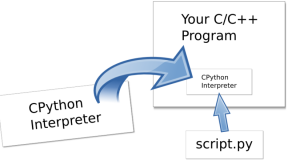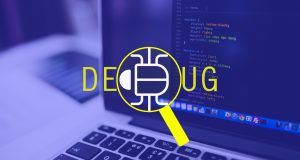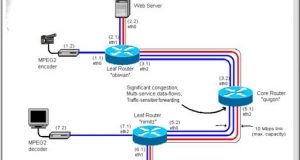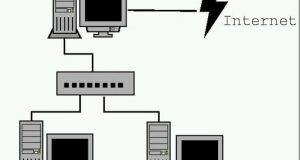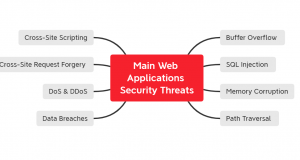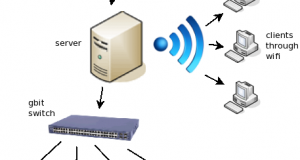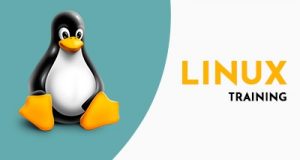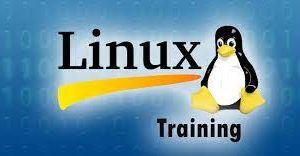Ivan Pulleyn Issue #73, May 2000 Python provides a clean intuitive interface to complex, threaded applications. Developers often make use of high-level scripting languages as a way of quickly writing flexible code. Various shell scripting languages have long been used to automate processes on UNIX systems. More recently, software applications have begun to provide scripting layers that allow the user ...
Read More »All Articles
The Code Analyser LCLint
David Santo Orcero Issue #73, May 2000 Debugging code is never fun, but this tool makes it a bit easier. Soon after C was born without function prototyping, it was agreed that code debugging was an excessively complex task. As a result, a very powerful tool, lint, was created which was able to make a large number of static verifications ...
Read More »Eid Eid, OE/ONE Corporation
Marjorie Richardson Issue #72, April 2000 Internet appliances are the next wave of computers to be bought by the public. Mr. Eid tells us how his company is serving this market. I talked to Mr. Eid Eid back in December of 1997 when he was President of Corel Computer Corporation. Today, he is the head of his own start-up company, ...
Read More »Linux and the Next Generation Internet
Michael Stricklen Bob Cummings Stan McClellan Issue #72, April 2000 The authors describe their implementation of a demonstration environment for differentiated Internet services (Diffserv) using Linux-based routers. Our Diffserv implementation is relatively simple, but highlights many of the strengths and flexibilities of Linux, which we believe are especially important in the era of Internet-centric computing. To make this a more ...
Read More »Setting Up a Linux Gateway
Lawrence Teo Issue #72, April 2000 Setting up a Linux gateway can be a rewarding experience in both home and commercial environments. Networks are extremely common these days—you see them in businesses, schools, even homes. Networking is popular because it allows users to share resources. You can share files, printers and a myriad of other devices in a network. Now, ...
Read More »Security of Your Web Applications
Nalneesh Gaur Issue #72, April 2000 An outline of key test areas to identify security issues in a web application and provide measures to minimize them. Web sites are moving away from static HTML to dynamic interactive web applications. It is the dynamic, interactive web application that is making the Internet the universal medium. Web applications bring a new level ...
Read More »The Linux Home Network
Preston F. Crow Issue #72, April 2000 Everything you need to know to make those Internet and intranet connections at home. I have a fairly complicated home network that uses many of the different features of Linux. While my network setup is probably more complicated than what you’ll ever need in your home, you may find that you want to ...
Read More »Benefits of Linux Training
Marty Ferguson Issue #71, March 2000 Training is a sound investment networked to future growth. I was recently talking with a close friend who works as a systems software developer for a small startup technology company. The architects are planning a transition to Linux servers as their platform, but the company does not want to provide Linux training for their ...
Read More »Technology Training: Realistic Training
Brian Holt Issue #71, March 2000 A look at how training courses will be taught in the future. One hundred million. That’s the number of Americans expected to be involved in adult or continuing education by the year 2004. Many of those individuals will be technology users who need to be trained on evolving software packages and hardware systems. A ...
Read More »A Web-Based Linux Training Course
Dr. Giovanni A. Orlando Issue #71, March 2000 The president of Future Technologies describes his FTLinux Course training program for Linux. Some time ago, I heard that success in mathematics means being able to formulate a good question and answer it. When I decided to write a book for Linux, the question I proposed was, “What is the best way ...
Read More » Linux, Linux OS, Free Linux Operating System, Linux India Linux, Linux OS,Free Linux Operating System,Linux India supports Linux users in India, Free Software on Linux OS, Linux India helps to growth Linux OS in India
Linux, Linux OS, Free Linux Operating System, Linux India Linux, Linux OS,Free Linux Operating System,Linux India supports Linux users in India, Free Software on Linux OS, Linux India helps to growth Linux OS in India
